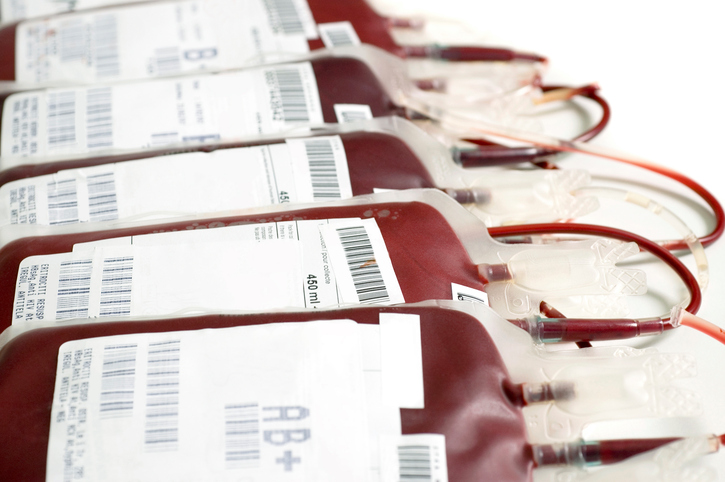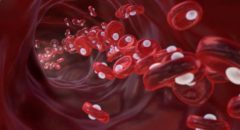 Many people living with sickle cell disease (SCD) undergo blood transfusions to improve the amount of oxygen-carrying blood cells to vital organs.
Many people living with sickle cell disease (SCD) undergo blood transfusions to improve the amount of oxygen-carrying blood cells to vital organs.
YOU MAY ALSO LIKE: Foods To Avoid When You Have Iron Overload
But one complication that SCD patients face post-transfusion is iron overload (hemochromatosis); a condition leading to dangerously high levels of iron in the liver, heart and other organs. If untreated, the built up iron could result in organ failure.
It’s something that can be treated through chelation therapy.
Each blood transfusion brings new levels of iron into the body. The body, however, can’t remove all of this extra iron on its own.
According to Iron Health Alliance, chelation therapy grabs onto and removes the excess iron from the body when a person uses the bathroom. This therapy comes in the form of a tablet once a day or an injection overnight.
Sickle cell disease is most common in people of African and Caribbean descent, which means iron overload is an issue within the Black community as a whole. According to hematology.org, one in every 12 Black people carry the sickle cell gene. If both partners carry the gene, there’s a high risk of passing down sickle cell disease to children.
Iron Overload Symptoms
Iron overload doesn’t initially come with symptoms. Over time, women who have iron overload could stop getting their periods and adolescents may not go through puberty or grow normally.
Other symptoms include:
- Shortness of breath
- Liver disease
- Enlarged spleen, which can result in pain or difficulty eating
- Diabetes
- Heart problems
- Gray- or bronze-colored skin
- Arthritis
- Joint pains
- Weight loss
- Loss of sex drive
Make sure to talk with your physician about being screened for iron overload after blood transfusions. Also, make sure you keep track of how many units of blood you receive with each transfusion. There are blood tests available to discern whether you’re at risk for iron overload as a sickle cell patient.









